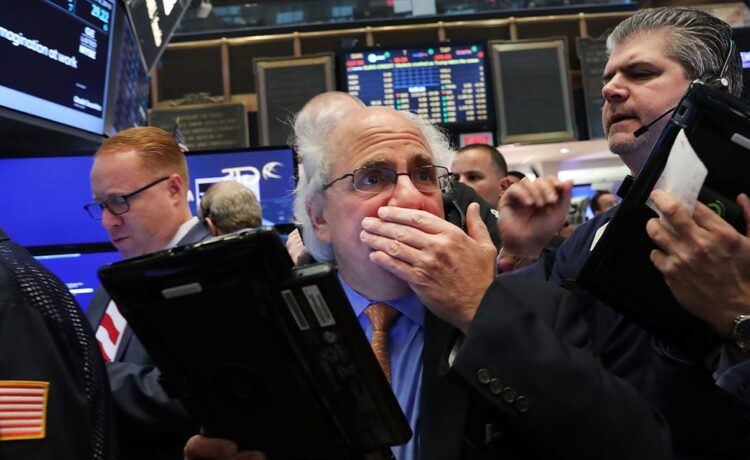Stocks kicked off the last day of March on the wrong foot as investors feared a barrage of new tariffs from the Trump administration set to hit on Wednesday.
The S&P 500 fell more than 1% in the first hour of trading on Monday, bringing the index back toward a 10% decline from its February peak.
Trump’s tariffs threaten economic growth prospects and could undo the Federal Reserve’s fight against inflation, creating worry for investors about what lies ahead for the economy and stocks.
As the volatility continues, it can be difficult to know what to do with your money. Should you buy the dip? Is it a good time to buy the beaten-up tech sector? Should you stay defensive?
We asked three market experts how investors should be positioning their portfolios at the moment.
New York Life Investments
Julia Hermann, global market strategist at New York Life Investments, said investors should focus on the quality factor first and foremost amid growing economic uncertainty. That means companies with strong pricing power as tariffs threaten higher costs, as well as firms with consistent earnings growth, big profit margins, and low debt levels.
But quality doesn’t mean defensive, per se.
“We don’t think that market conditions call for outright defensiveness just yet, and quality can be found in both value and growth names, although our preference is stay closer to large cap because that has a relative buffer cyclically,” Hermann said.
The iShares MSCI USA Quality Factor ETF (QUAL) and the Invesco S&P 500 Quality ETF (SPHQ) are two examples of funds that offer exposure to quality stocks.
Sevens Report Research
Tom Essaye, the founder of Sevens Report Research, said what worked in Q1 will continue to work in Q2.
That is, basically everything except for tech, consumer discretionary, communication services, and industrials. Those are the four of the 11 S&P 500 sectors that are in the red so far this year.
Energy and defensive sectors — which are usually healthcare, utilities, and consumer staples — in particular, should outperform in the months ahead, Essaye said.
“Tariffs are gonna continue to cause whiplash, but there are parts of the market that are actually performing pretty well,” he said.
Year-to-date, the energy sector is the best performer, with the Energy Select Sector SPDR Fund (XLE) up 7.9%.
Alexis Investment Partners
Of course, there’s no guarantee that what has outperformed so far in 2025 will continue to do so. In fact, it may actually be a good time to add exposure to stocks that have taken a beating recently, like those in the tech sector.
That’s according to Jason Browne, founder of Alexis Investment Partners. He said he bought shares of Meta and of the Vanguard Mega Cap Growth Index Fund ETF (MGK) on Friday and Monday as the market declined.
“I would say don’t chase the most recent leaders,” he said on Monday. “I think people buying Nvidia today, Apple today, Google today, Meta today, are probably gonna look back 3-6 months from now and feel pretty good about those trades.”






